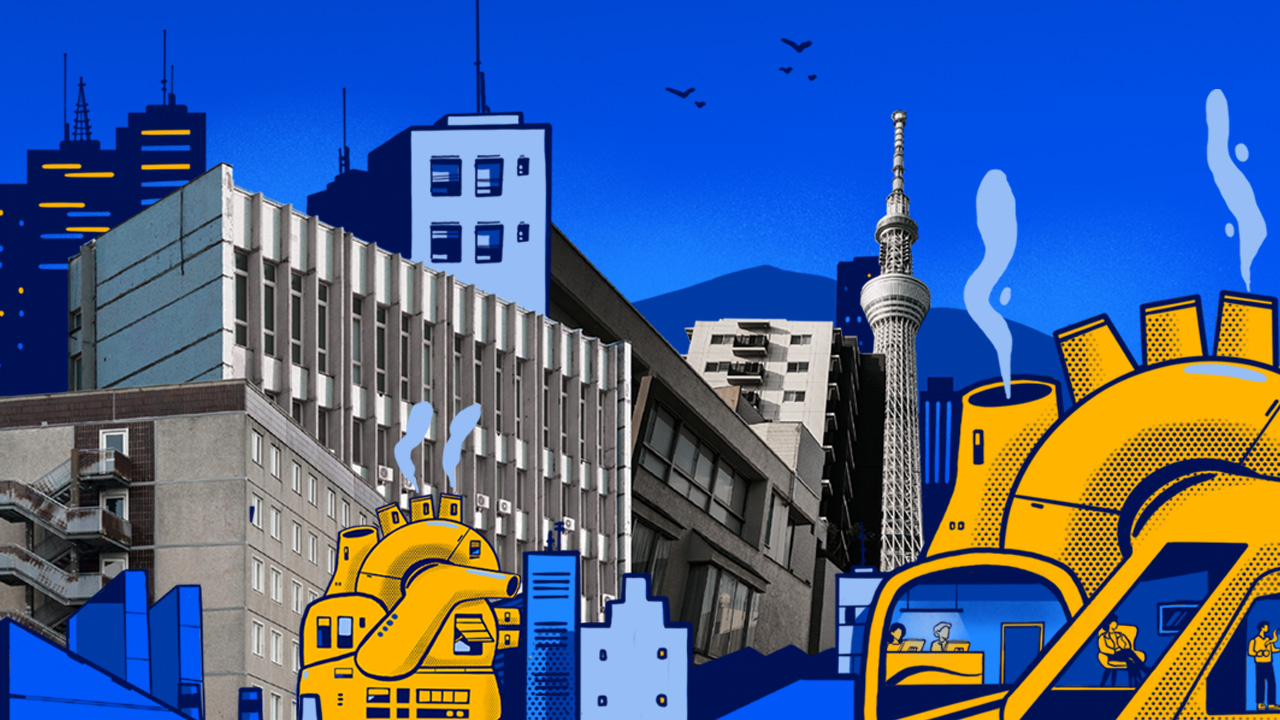
“If you want to build a ship, don’t drum up the men to gather wood, divide the work, and give orders. Instead, teach them to yearn for the vast and endless sea.” ― Antoine de Saint-Exupéry
Sex in stairwells, absentee management, outright racism. The stream of reputation-killing misbehaviour continues to dominate newsfeeds. Reports like these are finally turning more than stomachs as business leaders realise the new truth of twenty-first century capitalism: ignore company culture at your own risk.
Mitigating risk is far from the only reason to embrace culture as a business tool. Some of today’s best-performing companies, regularly featured on Fortune’s annual list of the 100 Best Companies to Work For, point to culture as a major part of their success. Even outside of being a great place to work, the proof that investing in people brings big benefits to the bottom line is piling up. It’s pretty clear now: culture can be a critical liability that derails business in a single tweet, or a valuable asset that consistently lifts employees, customers, and companies. But how do we define what it is?
Culture is the cause and effect of every choice we make.
You know it when you see it
That’s what most people might say about the culture at their company. What they really mean is you know it when you see its symptoms.
Free lunches and casual Fridays. Hiring practices, and employee reviews. How emails are written, and workspaces are designed. Defining culture as events, moments, and practices gives you a sense of what it is, but – like describing an outfit to tell your mom about the person you are dating – it falls woefully short of getting to the heart.
Company culture affects so many things, making it notoriously difficult to define. The layman’s definition is usually something like “How we do things around here” or “our behaviours and norms”. Management guru Ed Schein sounds like Darwin when he describes it as “the behaviours that best adapt to challenges”. I see it as the cause and effect of every choice we make.
Each of these definitions have their strengths; but attempting to pin one down is like trying to look at those floating dots on the backs of your eyelids; the more you look directly at it, the more it disappears. Unfortunately (or fortunately), whichever definition you align with, you’ll only find more questions.
There’s a wide gap between knowing what it is, and what to do about it. To wield culture as a business tool, we need to understand not just what culture is, but how it works, and what we can do to influence it. First though, let’s take a step back and answer why.
Constant culture
A lot of the people I meet think the culture conversation came out of nowhere. It didn’t. In the ’90s and ’00s leaders discussed the idea, it was just rare. Back then culture change, along with large-scale initiatives like corporate reorgs and strategic realignments, were infrequent events. Now hardly a year goes by when a massive internal shift doesn’t occur. Culture change is no longer a one-time event, it’s a constant. Or at least it should be.
Purposefully designing [culture] it is the only way to survive the knock-about, drag-down, relentless world of business. From here on out culture rules, and it is
everyone’s job.
The reason culture as a term has become so prevalent online and in boardrooms is a better understanding of the term VUCA, an acronym that describes the state of business: volatile, uncertain, complex, and ambiguous.
A quick survey of the past twenty years reveals this new reality, and it is what our collective anxiety has been telling us. Startups rise and fall in a season, and new ideas upend entire industries in the time it takes to tap “I agree” and allow the latest app to access your contacts. The world is speeding up, fast. But speed is just the beginning of the new physics in which we live.
One foot out the door
In tech-driven hotbeds of modern capitalism, one of the most shocking signs of change can be found in the plight of the incredible shrinking tenure. In the 1960s and ’70s, lifetime employment was the norm, and corporate warriors in the ’80s and ’90s dedicated decades to a single company.
Now employees stick around for a meagre two to three years. Corporate loyalty seems like a quaint idea great-grandfather once believed in. Whether it’s a message from a headhunter on LinkedIn, or dissatisfaction with the job itself, it’s only a matter of time before the temptation to jump ship becomes too much.
In the world of tech, there are too many companies willing to pay too much to fill too many roles. For better or worse, it’s reality. Even notably non-tech economies aren’t protected from this brave new world as this hurricane of change will soon impact all cities and economies. Consider yourself warned.
The rules have changed
Before software began to eat the world, before the great speed-up, and before remote work was the norm, business was easier to predict. Managers kept employees happy, productivity high, and turnover low by simply paying more at every annual review and promising a title bump if only the individual worked harder.
Back then, the rule of the ladder was simple: keep climbing straight up no matter what gets in the way. Change of career: start over. Have a baby: try again. Spend too much time with family: do not pass go.
This linear brute-force approach was true in the larger market, but that too has changed. Hyperconnectivity and hyperactivity mean an unhappy customer armed with only a YouTube channel and a respectable following can flap her wings in China and cause a PR hurricane that disrupts the course of a business in Chicago. In this climate, culture is the only sustainable competitive advantage businesses have. And purposefully designing it is the only way to survive the knock-about, drag-down, relentless world of business. From here on out culture rules, and it is everyone’s job.
Regardless if your title is CEO, senior manager, associate, or contractor, every choice you make is the cause and effect of the organisation’s culture. Mastery will require not just assigning a person to be responsible for the care and upkeep of culture, but a team dedicated to the task of its support and implementation.
Like finance and operations, culture isn’t a problem to be solved; but a business function to be supported, evaluated, and applied. Business has changed so radically, even the war for best and brightest isn’t one you can win — at least not with dollars and donuts.
As more work becomes knowledge work, and digital tools enable anyone with a laptop to earn from anywhere, the question every business leader has to ask is ‘why us?
Why you?
In high-demand, low-unemployment economies like Silicon Valley, and more broadly the connected world, the tendency has been to throw money at culture problems like talent acquisition and retention.
Unfortunately, even free food, fancy buildings, and sky-high salaries no longer slow turnover. Seasoned executives who have got used to these perks that provide short-term satisfaction working are worried. As more work becomes knowledge work, and digital tools enable anyone with a laptop to earn from anywhere, the question every business leader has to ask is “why us?”.
It sounds like an unanswerable lament, but it’s a very practical query. Top-tier organisations, and those that want to be, better have a compelling answer to why anyone would choose to work with them for more than a season.
As corporate lifecycles and markets accelerate, leaders must grapple with how to create an ecosystem of intrinsically motivated employees, who work together for the benefit of the company, their team, and each other. Business leaders now know that they need an outstanding company culture to find, keep, and engage the best employees. The next challenge they face is how.


















































